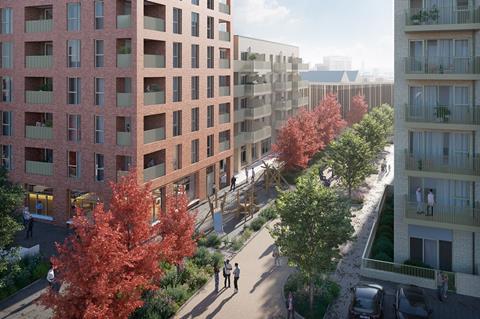How will Wales Bring Empty Homes Back to Life?

Climate Change Minister Julie James has announced a new £50 million scheme to bring more empty homes back to life. Housing Industry Leaders explores the scheme and how it is encouraging energy efficiency and safety.
The National Empty Homes Scheme will run over the new two years and has been developed to build on the success of previous Welsh Government initiatives.
Empty Properties Are An Eyesore In Communities
Up to 2,000 long-term empty properties could be brought back into use through the scheme. This scheme will run alongside with other Welsh Government schemes like Leasing Scheme Wales which is designed to improve access to longer-term affordable housing in the private rental sector.
Climate Change Minister, Julie James explained that it is critical to see empty homes be brought back to life: “The latest statistics show there are more than 22,000 long-term empty properties in Wales. These are a wasted housing resource that can become a blight on our communities.”
The funding announced today will be used to reduce the number of empty properties and, therefore, increase housing supply.
A grant of up to £25,000 will be available for homeowners or prospective homeowners to remove significant hazards from their properties to make them safe to live in and to improve their energy efficiency.
In order to qualify for the grant, the property must have been registered as empty with the local authority for a minimum of 12 months prior to the commencement of the works.
Councils Must Communicate With Social Landlords
The scheme has been developed with the local authorities and will be administered by Rhondda Cynon Taff Council on behalf of the Welsh Government.
Each participating local authority will have an allocation each year and will be responsible for undertaking surveys of the properties to identify and recommend the qualifying works for grant funding.
Schemes have already been run in Anglesey and Gwynedd, places where local people are driven away by rising prices, which puts pressure on the viability of communities.
It is crucial that tackling empty homes should be part of councils’ wider initiatives and councils can help communities rebuild by supporting this. Vacant properties are an eye-sore for communities, with an increased risk of encouraging anti-social behaviour and pest infections.
Creating homes from empty properties saves substantial amounts of material compared to building new homes, will minimise the amount of land that is used for development and avoids wasting embedded carbon.
Councils must continue to communicate with social landlords, private sector partners and their communities, maximise current funding and identify further funding, use a range of interventions to target all types of empty homes, research existing schemes and communities, and identify solutions to prevent homes from becoming empty.

